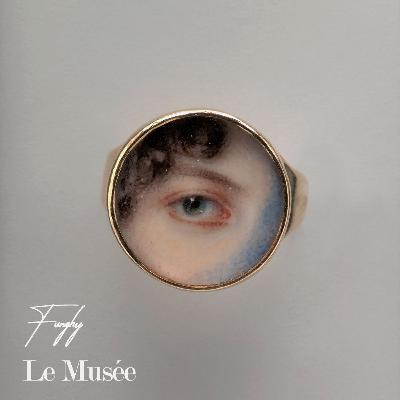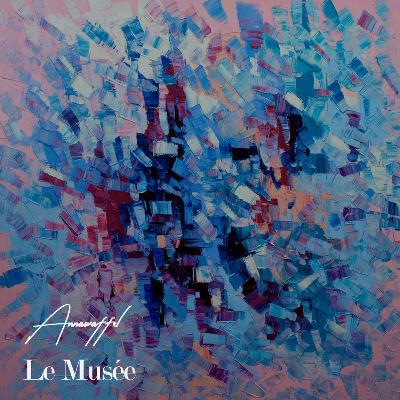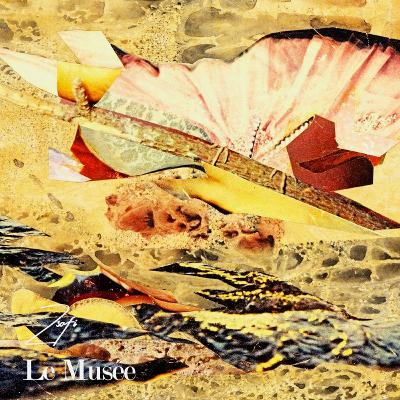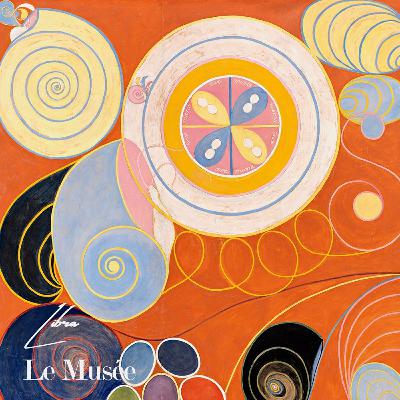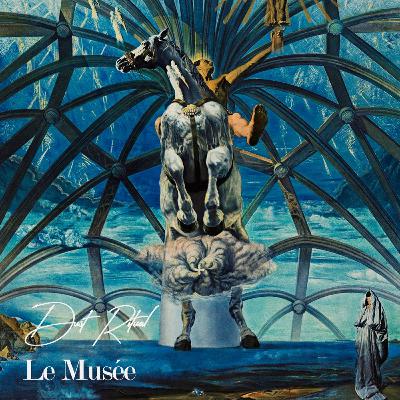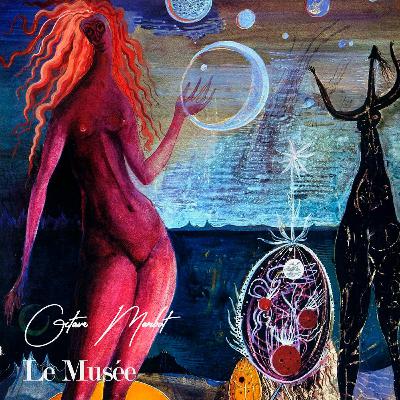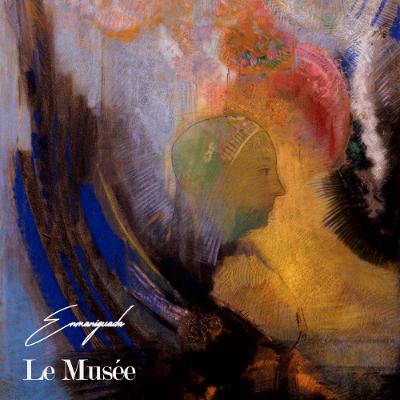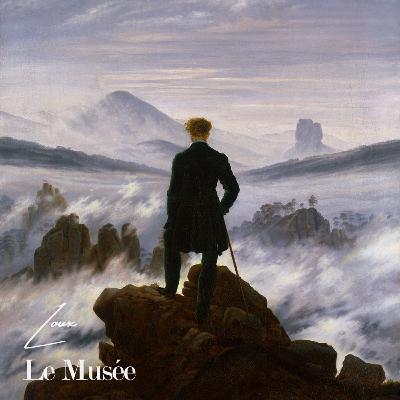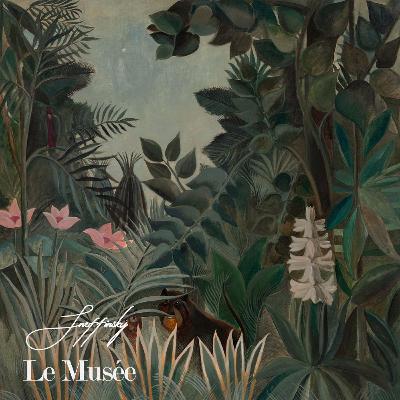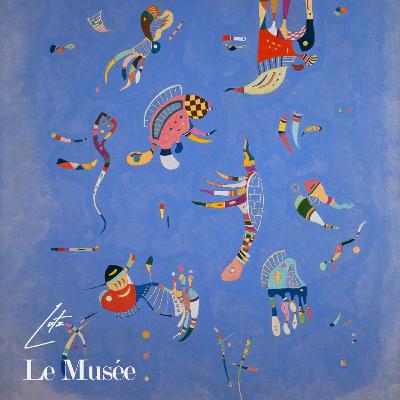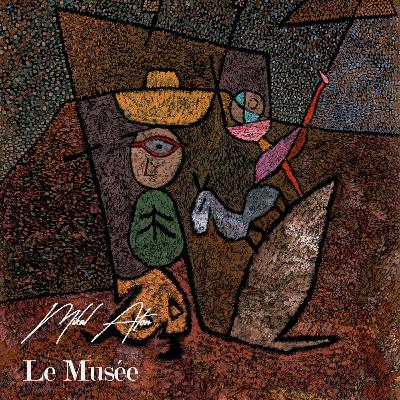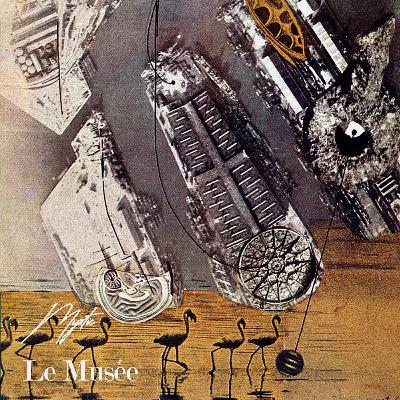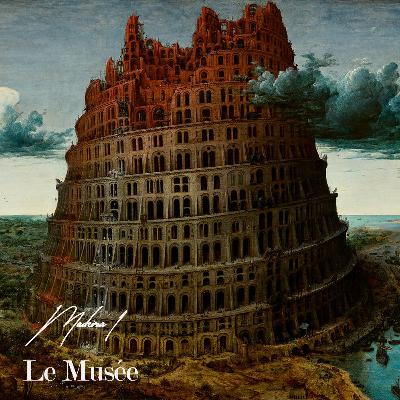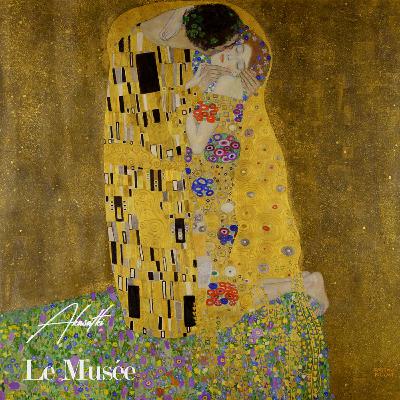MuséeCast 030 by Funghy
Update: 2025-10-17
Description
Eye of Maria Miles Heyward by Edward Greene Malbone (1802) This delicate work belongs to the rare and intimate tradition of “lover’s eyes”, miniature portraits that depict only the eye of a loved one. This sentimental form of portraiture emerged in the late eighteenth century in England and spread to America around the turn of the nineteenth century. Such miniatures were often commissioned as tokens of affection or remembrance, set into lockets, rings, or brooches to be worn close to the heart.
Malbone’s painting isolates the right eye of Maria Miles Heyward, a member of a prominent Charleston, South Carolina, family. The subject’s identity is known through family records and later copies of the work. Malbone’s brushwork captures extraordinary subtlety for its size; the moist reflection of the eye, the finely curved lashes, and the faint tonal transitions of the surrounding skin are rendered with precise, fluid handling of watercolor on the smooth ivory surface. The translucency of the medium and the artist’s control of shadow create a striking illusion of depth and vitality despite the miniature scale.
The Metropolitan Museum’s catalog notes that this piece was once owned by Emily Drayton Taylor (1860–1952), a miniaturist and descendant of the Heyward family. Taylor is known to have made a copy of Malbone’s “Eye of Maria Miles Heyward,” suggesting that the original was preserved within the family’s collection before entering the museum. The copy remains an important record of the work’s early provenance.
Although the miniature’s current presentation is as an independent painting, its circular format corresponds to the scale and design of pieces originally intended for jewelry settings. The museum does not confirm whether the work retains its original mounting, but the dimensions and composition are consistent with examples of wearable “eye” miniatures from the same era.
Malbone’s “Eye of Maria Miles Heyward” exemplifies both his refined technique and the emotional sensitivity that distinguished his work from that of his contemporaries. The piece invites a deeply personal response: by isolating the sitter’s gaze, the artist transforms a fragment of likeness into a powerful symbol of intimacy, longing, and remembrance.
Today, this tiny portrait stands as one of the most exquisite surviving examples of the lover’s eye genre in American art and an enduring testament to Malbone’s mastery of miniature painting.
------------------------------------------------------------------
In this exclusive MuséeCast session, Funghy invites listeners into a hypnotic soundscape where rhythm becomes ritual and emotion takes shape through texture and tone. His set unfolds like a living organism, organic, unpredictable, and deeply human.
From the first pulse, Funghy builds an atmosphere of warmth and mystery, merging the tactile energy of analog sound with the introspection of electronic minimalism. Each transition feels deliberate yet instinctive, like a breath shared between movement and stillness. Layers of rhythm drift in and out of focus, revealing a dialogue between pulse and silence, light and shadow.
Follow the artist:
@erectious
https://www.instagram.com/funghyfar/
Malbone’s painting isolates the right eye of Maria Miles Heyward, a member of a prominent Charleston, South Carolina, family. The subject’s identity is known through family records and later copies of the work. Malbone’s brushwork captures extraordinary subtlety for its size; the moist reflection of the eye, the finely curved lashes, and the faint tonal transitions of the surrounding skin are rendered with precise, fluid handling of watercolor on the smooth ivory surface. The translucency of the medium and the artist’s control of shadow create a striking illusion of depth and vitality despite the miniature scale.
The Metropolitan Museum’s catalog notes that this piece was once owned by Emily Drayton Taylor (1860–1952), a miniaturist and descendant of the Heyward family. Taylor is known to have made a copy of Malbone’s “Eye of Maria Miles Heyward,” suggesting that the original was preserved within the family’s collection before entering the museum. The copy remains an important record of the work’s early provenance.
Although the miniature’s current presentation is as an independent painting, its circular format corresponds to the scale and design of pieces originally intended for jewelry settings. The museum does not confirm whether the work retains its original mounting, but the dimensions and composition are consistent with examples of wearable “eye” miniatures from the same era.
Malbone’s “Eye of Maria Miles Heyward” exemplifies both his refined technique and the emotional sensitivity that distinguished his work from that of his contemporaries. The piece invites a deeply personal response: by isolating the sitter’s gaze, the artist transforms a fragment of likeness into a powerful symbol of intimacy, longing, and remembrance.
Today, this tiny portrait stands as one of the most exquisite surviving examples of the lover’s eye genre in American art and an enduring testament to Malbone’s mastery of miniature painting.
------------------------------------------------------------------
In this exclusive MuséeCast session, Funghy invites listeners into a hypnotic soundscape where rhythm becomes ritual and emotion takes shape through texture and tone. His set unfolds like a living organism, organic, unpredictable, and deeply human.
From the first pulse, Funghy builds an atmosphere of warmth and mystery, merging the tactile energy of analog sound with the introspection of electronic minimalism. Each transition feels deliberate yet instinctive, like a breath shared between movement and stillness. Layers of rhythm drift in and out of focus, revealing a dialogue between pulse and silence, light and shadow.
Follow the artist:
@erectious
https://www.instagram.com/funghyfar/
Comments
In Channel

